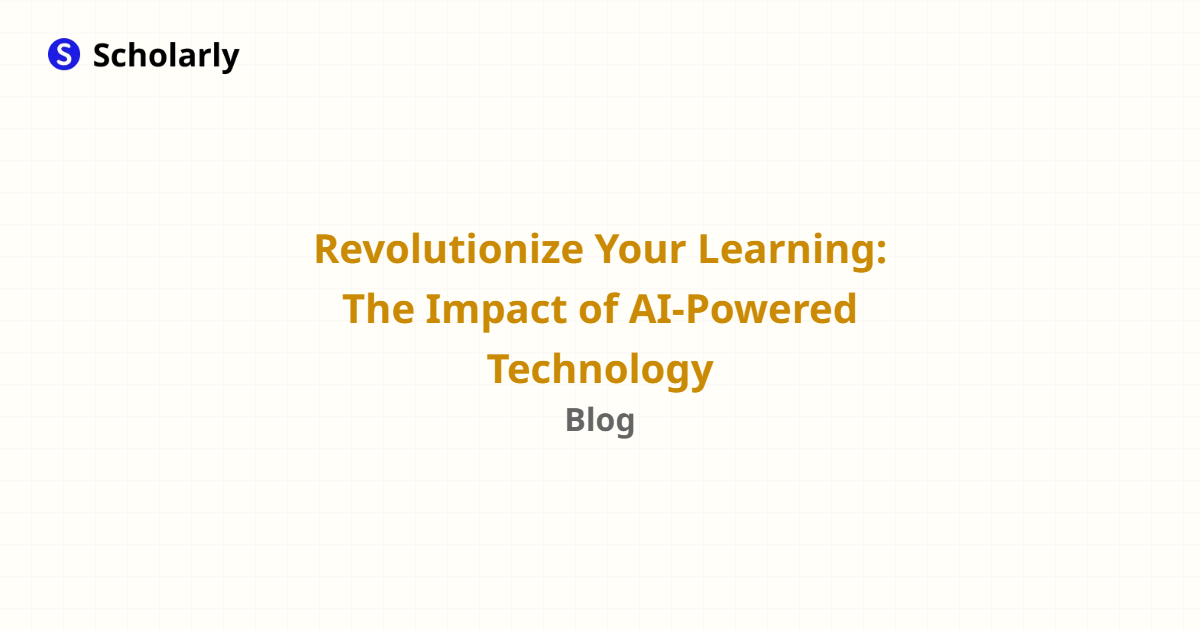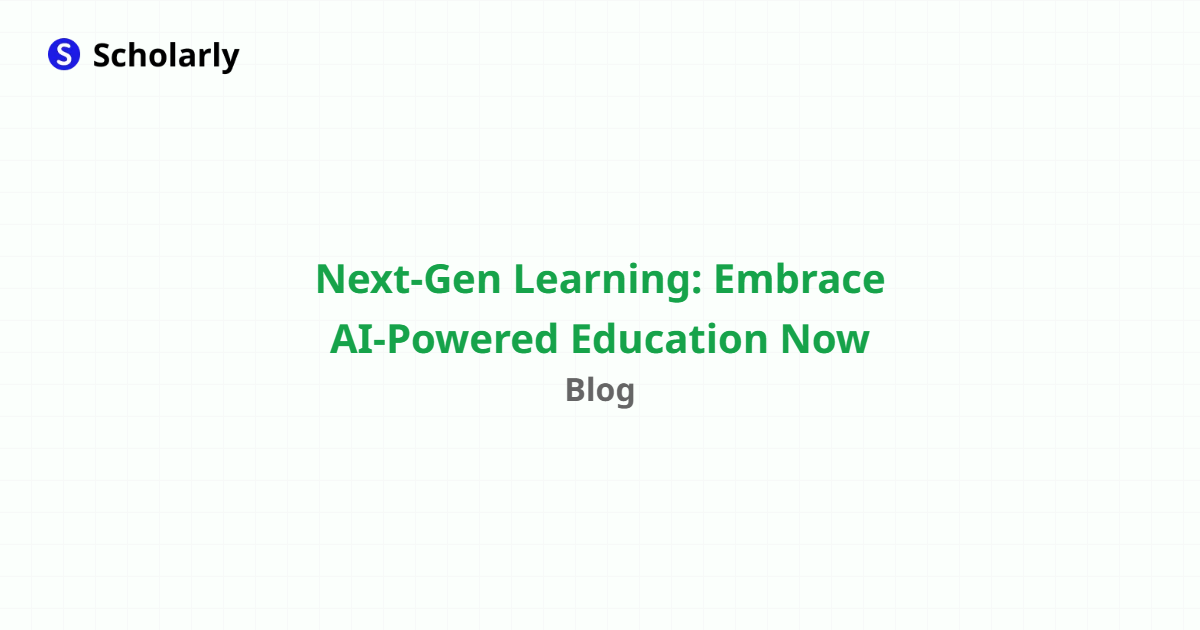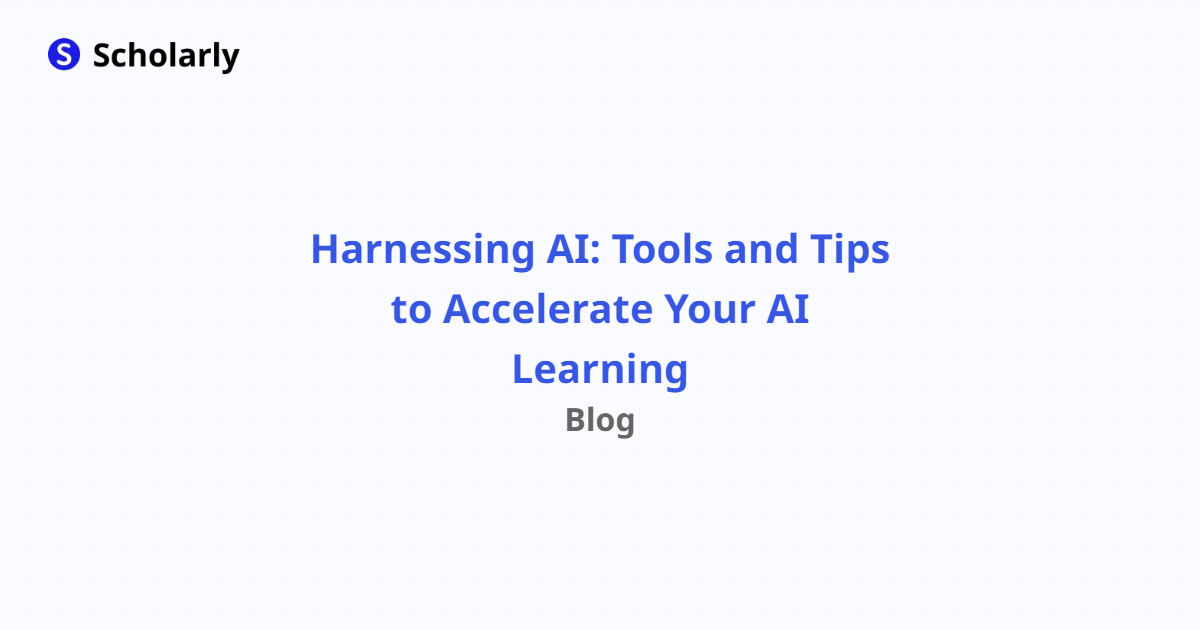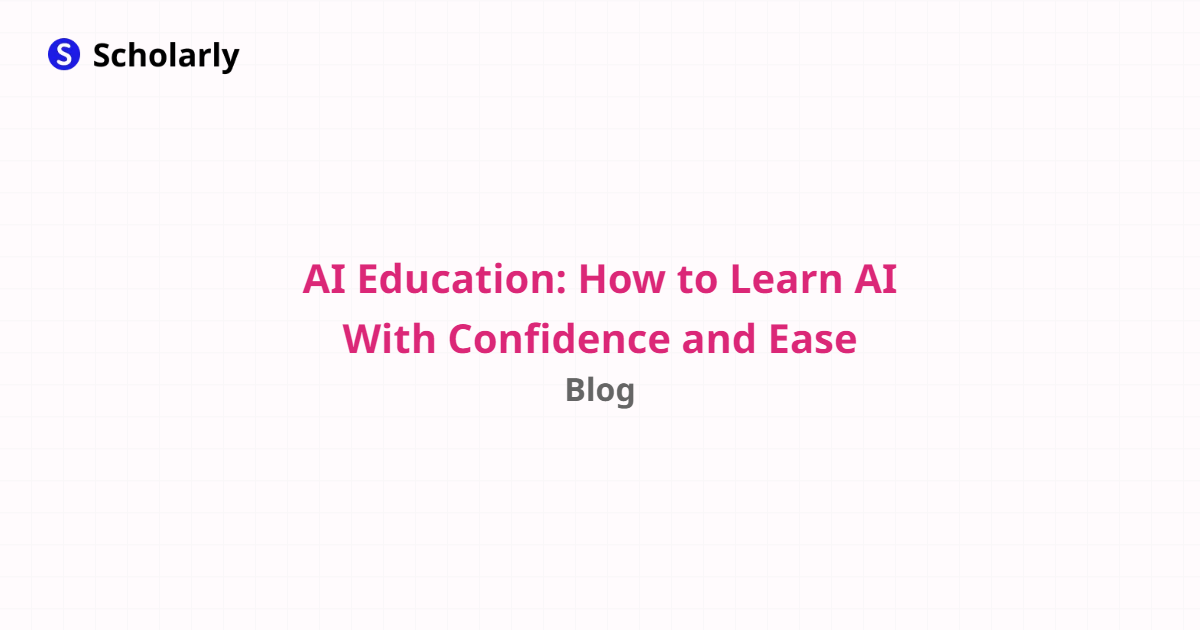Published in General
The Evolution of Textbooks: Enhancing School Learning in the Digital Age
By Scholarly
9 min read
Introduction
In today's digital age, traditional textbooks have undergone a significant transformation. From heavy, printed volumes to interactive digital resources, textbooks have evolved to enhance school learning in various ways. In this article, we will delve into the history, benefits, and best practices of using textbooks for school learning. We will also explore the impact of technology on the educational landscape and how it has revolutionized the way students access and engage with learning materials.
History
Past State
For centuries, textbooks have been a cornerstone of education. In the past, textbooks were primarily printed materials that provided a standardized curriculum for students. These physical books were often the primary source of information, containing text, diagrams, and illustrations to support learning. However, they had limitations in terms of availability, accessibility, and interactivity.
Current State
With the rapid advancement of technology, textbooks have undergone a major transformation. Today, digital textbooks are widely used in schools and educational institutions. Digital textbooks offer several advantages over traditional print textbooks. They are portable, interactive, and often include multimedia elements such as videos, simulations, and interactive quizzes. Students can access digital textbooks on various devices, including laptops, tablets, and smartphones, allowing for seamless learning both in and outside the classroom.
Future State
Looking ahead, the future of textbooks is poised to become even more innovative. Artificial Intelligence (AI) and machine learning technologies are being integrated into digital textbooks, enabling personalized learning experiences. AI-powered textbooks can adapt to the individual needs and learning styles of students, providing targeted content and personalized assessments. These smart textbooks can also analyze student performance data, identify areas of improvement, and offer tailored recommendations. The future of textbooks lies in their ability to foster individualized and engaging learning experiences for students.
Benefits
Using textbooks for school learning offers several benefits for both students and educators. Let's explore some of these benefits:
Comprehensive Resource: Textbooks provide a comprehensive and structured overview of a subject, covering essential concepts, theories, and examples. They serve as a reliable and all-in-one resource for students.
Deep Understanding: Textbooks enable students to develop a deep understanding of the subject matter by providing detailed explanations and examples. They offer in-depth coverage of topics, allowing students to grasp complex concepts at their own pace.
Reference Material: Textbooks serve as a valuable reference material that students can revisit whenever they encounter difficulties or need to revise concepts. They provide a reliable source of information, ensuring students have access to accurate and up-to-date content.
Offline Accessibility: Digital textbooks can be downloaded and accessed offline, eliminating the need for a constant internet connection. This feature is particularly beneficial for students who may not have reliable internet access at home.
Interactive Learning: Digital textbooks often include interactive elements such as multimedia, quizzes, and interactive exercises. These interactive features engage students and enhance their learning experience, making the study process more enjoyable and effective.
Significance
Textbooks hold significant importance in the field of education. They provide a foundation for learning, serving as a primary tool for students to acquire knowledge and understand concepts. Textbooks facilitate the continuity and standardization of education, ensuring that students across different schools and regions have access to the same curriculum and learning materials.
Moreover, textbooks play a crucial role in promoting independent study and self-directed learning. They empower students to take ownership of their learning journey by providing them with structured resources to explore and expand their knowledge.
The significance of textbooks also lies in their ability to promote critical thinking and analytical skills. Through textbooks, students are exposed to different perspectives, theories, and arguments, enabling them to develop a well-rounded understanding of the subject matter.
Additionally, textbooks foster a sense of academic community by creating a shared learning experience. They serve as a common reference point for teachers and students, facilitating classroom discussions, and promoting collaborative learning.
Best Practices
To make the most out of textbooks for school learning, consider the following best practices:
Select Appropriate Textbooks: Choose textbooks that align with the curriculum and learning objectives. Look for textbooks that provide clear explanations, relevant examples, and supplemental resources.
Active Reading: Encourage students to actively engage with the textbook by highlighting important concepts, taking notes, and summarizing key points. Active reading enhances comprehension and retention.
Supplement with Related Materials: Complement textbooks with supplementary resources such as online articles, videos, and interactive websites. These additional resources can provide different perspectives and enrich the learning experience.
Encourage Discussion: Foster classroom discussions around the topics covered in the textbook. Encourage students to ask questions, share their insights, and engage in critical thinking to deepen their understanding.
Regular Review: Encourage students to review and revise the textbook material regularly. Regular review helps consolidate knowledge and ensures long-term retention.
Pros and Cons
Let's explore the pros and cons of using textbooks for school learning:
Pros
- Comprehensive resource for in-depth learning
- Promotes independent study and self-directed learning
- Provides a foundation for standardized education
- Encourages critical thinking and analytical skills
- Accessible offline with digital textbooks
Cons
- Limited interactivity compared to digital resources
- Can become outdated as new information emerges
- Heavy and bulky physical textbooks
- Cost implications for purchasing textbooks
- May not cater to diverse learning styles
Comparison
There are several digital textbook platforms available in the market. Let's compare two popular platforms:
Platform A
- Description: Platform A offers a user-friendly interface with a wide range of interactive features. It provides access to a vast library of textbooks across various subjects.
- Pricing: Platform A offers a subscription-based model with affordable pricing plans.
- Link: Platform A
Platform B
- Description: Platform B focuses on personalized learning experiences. It utilizes AI technology to deliver adaptive content based on individual student needs.
- Pricing: Platform B offers a freemium model, with basic features available for free and advanced features accessible through a paid subscription.
- Link: Platform B
Methods
Here are some effective methods for utilizing textbooks for school learning:
Method 1: Preview and Skim
- Overview: Before diving into the textbook, encourage students to preview and skim the content. This helps them get an overview of the chapter or section, allowing for better comprehension.
- Steps:
- Read the chapter introduction and headings.
- Skim the subheadings, highlighted text, diagrams, and illustrations.
- Pay attention to bold or italicized terms, as they often indicate key concepts.
Method 2: Highlight and Annotate
- Overview: Teach students effective highlighting and annotation techniques to actively engage with the textbook.
- Steps:
- Highlight important concepts or key sentences using different colors.
- Write brief annotations or summaries in the margins for quick reference.
- Use sticky notes or bookmarks to mark important pages or sections.
Method 3: Summarize and Review
- Overview: Summarizing and reviewing textbook material helps reinforce learning and retention.
- Steps:
- After completing a chapter or section, encourage students to summarize the main points in their own words.
- Create flashcards or concept maps to review the summarized content.
- Review the summaries and flashcards periodically to ensure long-term retention.
AI Impact
Artificial Intelligence (AI) has had a significant impact on the educational landscape, including the use of textbooks for school learning. Let's explore how AI is transforming the way students access and interact with textbooks:
AI Applications
AI is being applied to textbooks in various ways, such as:
- Automated content generation
- Adaptive and personalized learning
- Intelligent tutoring systems
AI Techniques
AI techniques used in textbooks include:
- Natural Language Processing (NLP)
- Machine Learning
- Computer Vision
AI Benefits
Some benefits of AI-powered textbooks are:
- Personalized learning experiences
- Adaptive assessments and feedback
- Real-time progress tracking
AI Challenges
Challenges in implementing AI in textbooks include:
- Data privacy and security
- Ethical considerations
- Integration with existing educational systems
AI Online Apps
Here are a few AI-powered online apps related to textbooks and school learning:
- App 1: This app provides AI-generated study guides and practice questions based on textbook content.
- App 2: With this app, students can receive AI-powered explanations and step-by-step solutions to textbook problems.
- App 3: The app uses AI algorithms to create personalized study plans based on the content of the textbook.
- App 4: This app offers AI-generated flashcards that help students review and reinforce textbook material.
- App 5: Students can use this app to interact with AI-powered virtual tutors that guide them through textbook concepts.
Conclusion
Textbooks have come a long way in enhancing school learning. From their humble printed origins to the digital age, textbooks continue to provide a valuable resource for students and educators alike. As technology advances, textbooks will continue to evolve, incorporating AI-powered features, personalized learning experiences, and interactive elements. By embracing the benefits of textbooks and leveraging technology, we can foster a future of education that empowers students and promotes lifelong learning.




